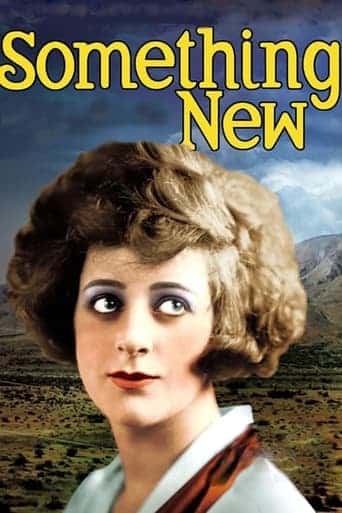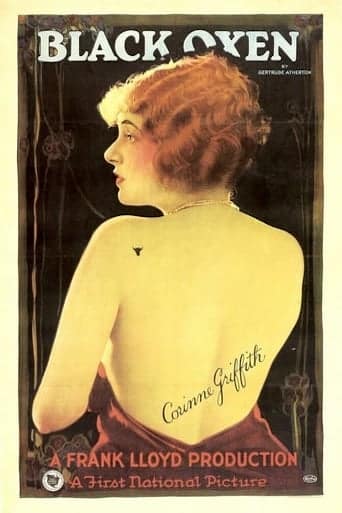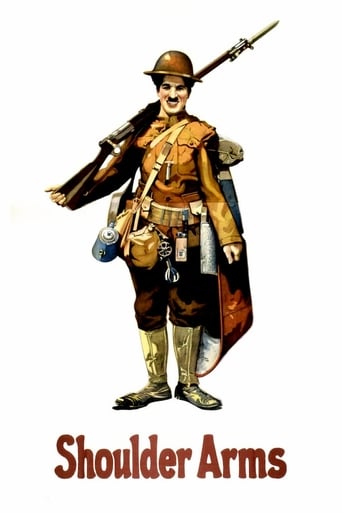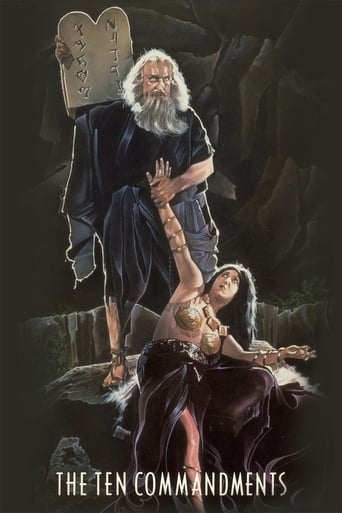The Great Train Robbery (1903)

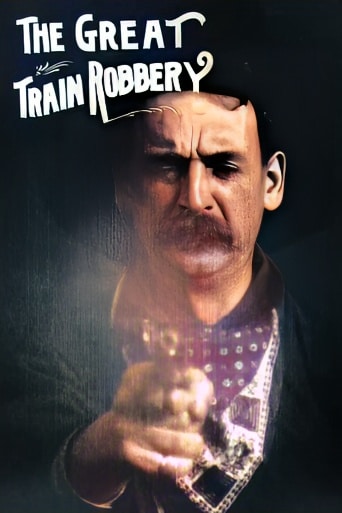 “The Great Train Robbery” (1903) is a groundbreaking and iconic American silent film directed by Edwin S. Porter.
“The Great Train Robbery” (1903) is a groundbreaking and iconic American silent film directed by Edwin S. Porter.
Running approximately 12 minutes, this early cinematic masterpiece is a pioneering work that significantly influenced the development of narrative filmmaking and established many of the conventions that would become fundamental to the art of filmmaking.
Released by Thomas Edison’s film company, the Edison Manufacturing Company, “The Great Train Robbery” tells the story of a group of bandits who rob a train and then engage in a thrilling pursuit and gunfight. The film is notable for several reasons, including its innovative use of editing, special effects, and its role in shaping the Western genre.
At the heart of the film’s success is its groundbreaking use of editing. Edwin S. Porter employed techniques that were revolutionary for the time. One of the most famous examples is the film’s final scene, where one of the bandits points his gun at the camera and fires. This sequence was the first known use of “cross-cutting,” a technique that alternates between two different locations, creating tension and suspense. It was a major innovation in storytelling that laid the foundation for future cinematic developments.
“The Great Train Robbery” was also one of the earliest films to use special effects. In a memorable sequence, a bandit fires his gun at the audience, creating the illusion that a bullet was headed straight for the viewers. This moment shocked and astounded audiences of the time and demonstrated the power of cinema to immerse and engage its spectators.
The film played a pivotal role in the development of the Western genre in cinema. It established some of the archetypal elements that would become standard in Westerns, such as the train robbery, the pursuit of outlaws, and the climactic showdown. These elements were revisited and expanded upon in countless Western films in the decades that followed.
“The Great Train Robbery” was an instant sensation upon its release. Audiences were captivated by the film’s action, suspense, and innovation. It was widely distributed and became a major success, both in the United States and internationally. In an era when cinema was still a relatively new form of entertainment, this film served as a testament to the medium’s potential to tell compelling stories and captivate audiences.
The film’s impact extended beyond its initial release. “The Great Train Robbery” is often regarded as a landmark work in cinematic history. It demonstrated the power of storytelling through film and showcased the possibilities of the medium. Many aspects of the film, from its editing techniques to its use of special effects, continue to influence and inspire filmmakers to this day.
In conclusion, “The Great Train Robbery” (1903) is a seminal work in the history of cinema. Directed by Edwin S. Porter, this pioneering American silent film is celebrated for its innovative use of editing, special effects, and its significant role in shaping the Western genre. It captivated audiences upon its release and left a lasting mark on the art of filmmaking. Its legacy continues to be celebrated as a foundational work in cinematic history.
Release Date: December 1st, 1903
Main Cast Members
Gilbert M. Anderson (Bandit / Shot Passenger)
John Manus Dougherty Sr. (Bandit)
Frank Hanaway (Bandit)
Adam Charles Hayman (Bandit)
Robert Milasch (Trainman / Bandit)
Marie Murray (Dance-Hall Dancer)
Mary Snow (Little Girl)
A.C. Abadie (Sheriff)

